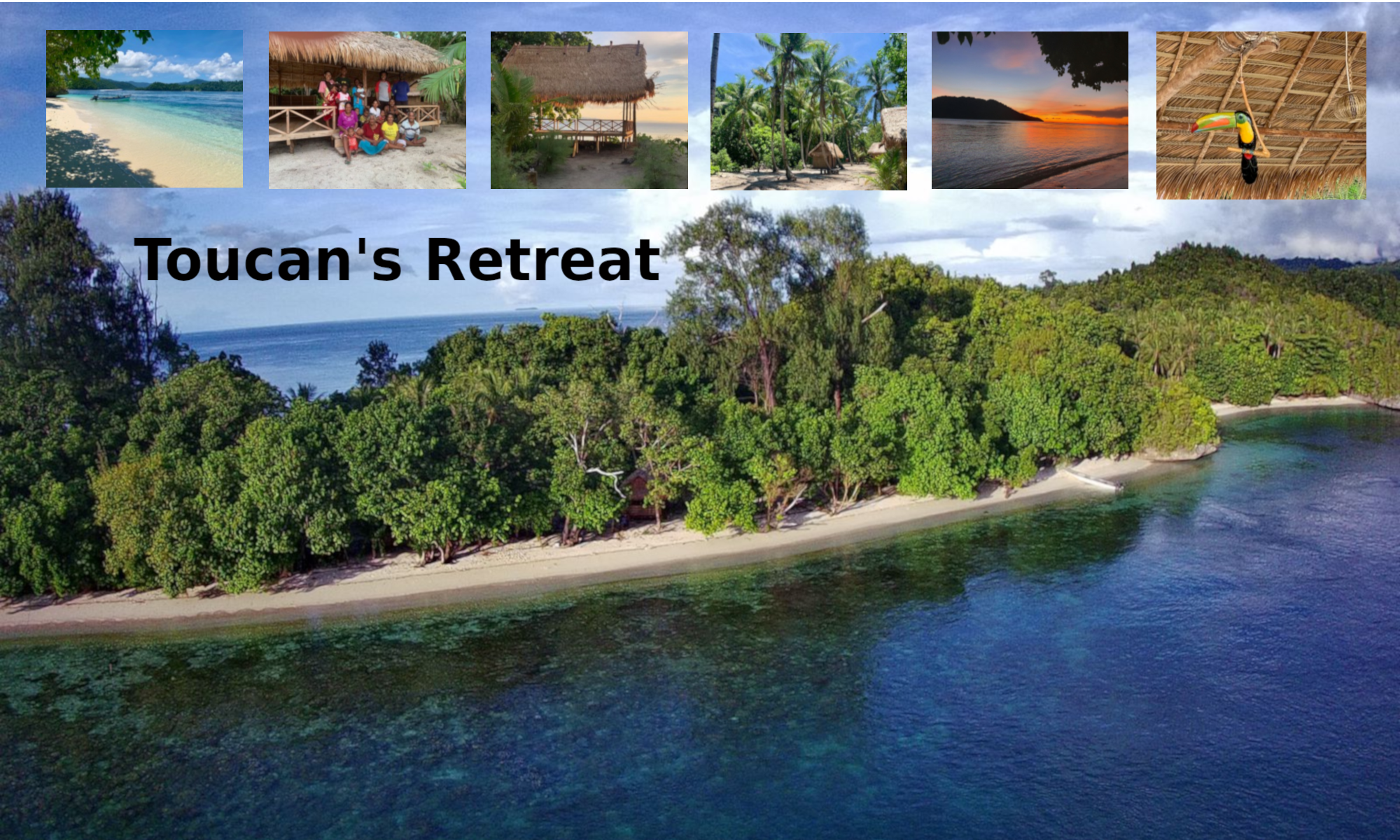
After the deer-hunting episode on Akib, we decided to move somewhere a little quieter. I was keen to visit Leabon Island, known locally as ’Bird Island’, down on the southern reef. The weather was sunny and the wind not too strong, so off we went, only to be hit by a massive squall halfway there. The rain was torrential and we couldn’t see more than 20 metres in front of us. So for an hour we did circles in the open water of the lagoon until it cleared enough for us to pick our way through the bommies to Bird island. It’s a tiny island packed with thousands of nesting seabirds, but by now the wind had picked up to a fresh south-easterly and being anchored downwind of the island….. we also got the pungent smell of a thousand seabirds. Maybe this wasn’t such a good idea of mine….

We never got ashore because it was too rough to land the dinghy so the next morning we decided to up anchor and seek somewhere a bit more sheltered. We searched a few spots but the only place that seemed tenable and not reef-strewn was back where we came from, at Akib Island. It would be a good 2 hours of motoring straight into the SE wind to get into the lee of the island.
By this time tempers were fraying on board Toucan – we’d had enough, the wind was blowing from the right direction to go west so the call went out – “F#&% it, let’s just go to the Ninigos”. Which would have been fine if it was 2 hours earlier, but now it meant that we would be arriving after dark, and an entry through a reef pass at night is a no-no in any sensible sailor’s book.
For once we had a great sail, and at one point it looked like we might just make it before dark but as the sun set we still had an hour or more to get to the SW pass below Ahu Island. What to do?
Before the days of satellite imagery it would be unthinkable to attempt a night entry, but we had the benefit of two types of satellite images – the Ovitalmap programme and KAP files that we can use on our OpenCPN charting. Both show high resolution images with our boat position overlaid on them so we can see exactly where we are, and unlike our electronic Navionics charts what you see is what you get, no offset errors. We pored over them in minute detail – the pass looked deep and uncomplicated. The alternative was to hang outside the reef all night, not a very attractive proposition.
After much discussion we decided to give it a go with the proviso that we would abort if anything seemed amiss. Slowly and cautiously we made our approach. Bruce had his laptop and the ipad at the helm station with both programmes open and running, checking and cross-checking. I had my heart in my mouth, one eye on the depth sounder, the other looking for the tell-tale white water of the reef on either side of us. I could see torches flashing from the locals out on the reef – perhaps they were also trying to guide us in? I confess my heart was pounding and my stomach was doing backflips – but I trusted the skipper and we made a flawless entry straight through the middle of the pass.
Not wanting to push our luck we dropped the anchor just inside and to the right of the pass, near a little uninhabited island. We were safe and we’d arrived in the Ninigos! Over dinner we shared one of our last bottles of wine from Australia to calm our nerves and said to each other “OK let’s not do that again, shall we?”

